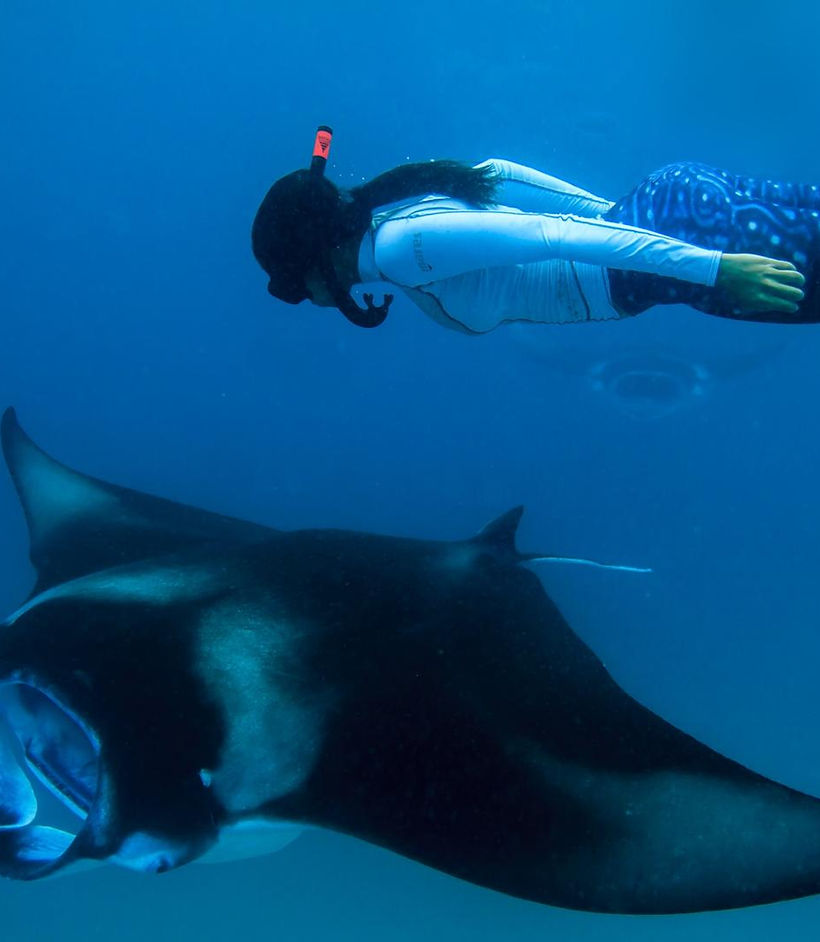Case Study
Peng Yu Sai
Peng Yu Sai is a 55-minute, investigative documentary that delves into the illegal trade of manta rays.
The film follows Vaz’s journey as she uncovers the illegal trade pipeline from fishing vessels in the Indian Ocean to the Indo-Myanmar border, and ultimately goes undercover to expose the wildlife trafficking hubs in China.

